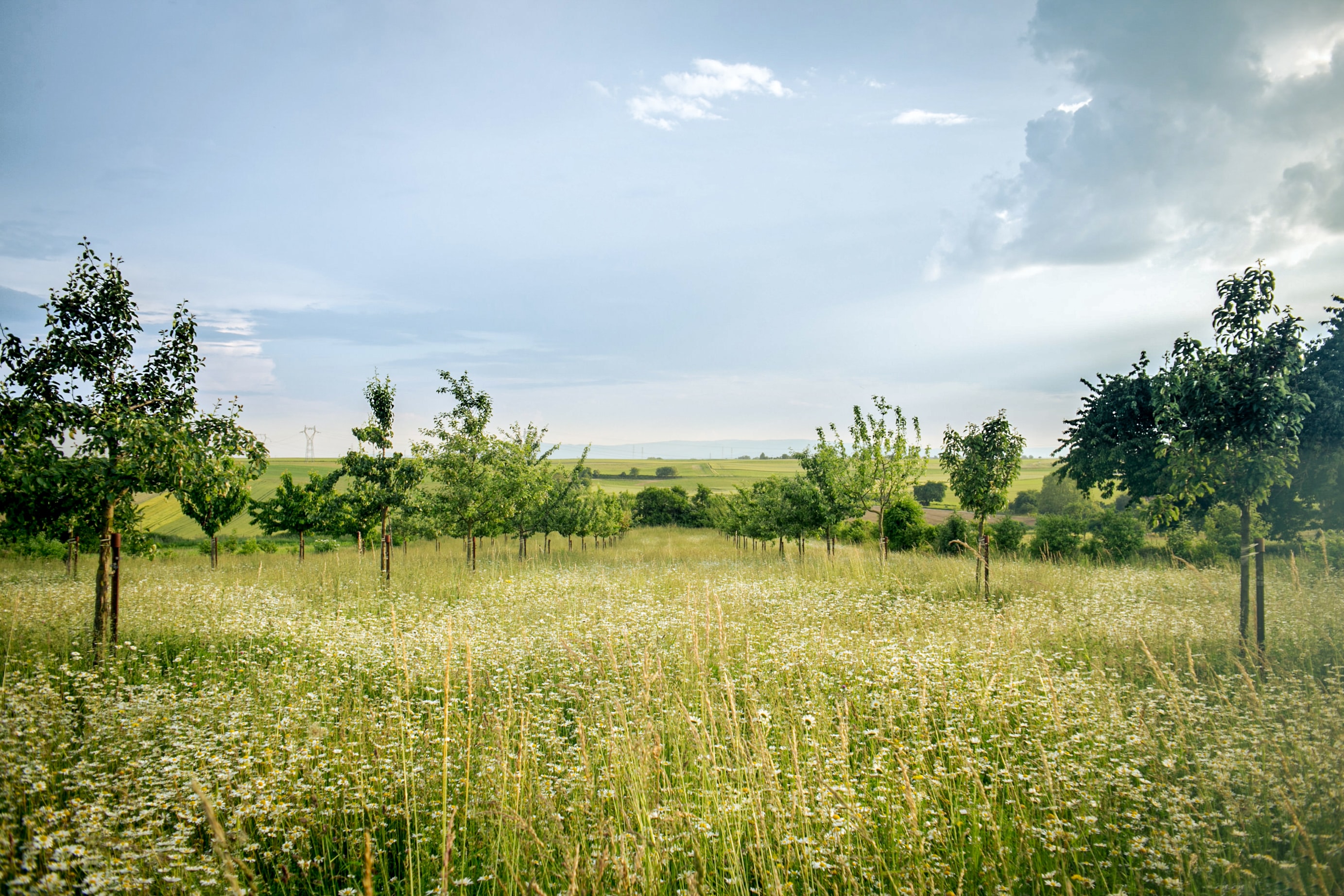GreenTrees Reforestation
Reforesting one million acres of marginal farmland in the Mississippi Alluvial Valley.
GreenTrees is reforesting one million acres of marginal farmland in the Mississippi Alluvial Valley. To date, GreenTrees has planted over 42 million trees on 120,000 acres, in partnership with private landowners. The tree plantings have generated millions of tons of verified carbon credits that are registered on the American Carbon Registry (ACR). These credits account for the vast majority of domestic forestry credits ever registered on the voluntary market.
In recognition of its vision in building toward a 1,000,000-acre goal, the ACR awarded GreenTrees the Innovation Award in April of 2018. GreenTrees has delivered and/or retired millions of tonnes of carbon offsets to corporations and municipalities including Duke Energy, Norfolk Southern, and the Arbor Day Foundation. Recently, in partnership with Element Markets, GreenTrees was selected to deliver over 145,000 reforestation offsets to the City of Palo Alto to neutralize their residents’ gas usage as part of the Palo Alto Green Gas Program in 2018 and beyond.
Project location
Technology and mechanism
Project certifications
Certifier
Standard
American Carbon Registry
Registry ID
ACR114
Project registration date
Crediting period term
Project methodology
ACR Methodology for Afforestation and Reforestation of Degraded Land, Version 1.0
Project design document (PDD)
PDD: GreenTrees Reforestation
Current verifier of project outcomes
Environmental Services, Inc
Project details





